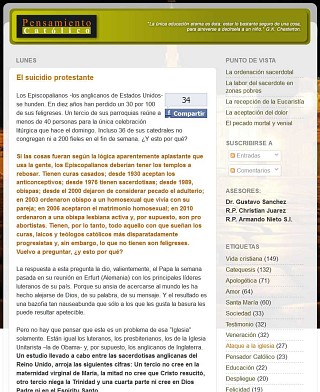Hay muchos tipos de cansancio. El creyente descubre que Dios no sólo alivia el cansancio sino que batalla a su lado.
BBC News – What phantom limbs and mirrors teach us about the brain
In 1994, Ramachandran proved the theory by mapping the brain activity of a group of amputees. Using a magnetic scanner he showed that neuron activity was indeed migrating from the hand area to the face. It was a ground-breaking study.
But he believed much more could be gleaned from studying phantom limbs.
In the mid-1990s he followed the work of Italian scientist Giacomo Rizzolatti, who discovered an entirely new type of neuron that he called the mirror neuron.
Rizzolatti observed that certain neurons in the brain of a macaque monkey fired when the monkey reached out and when it watched another monkey reach out. Mirror neurons were later discovered in humans too.
Ramachandran began to apply this finding to his work with phantom limbs. If mirror neurons fired when an individual watched someone moving a limb, he conjectured, then visual perception might play an important role in creating the sensation of movement.
His next subject, Jimmy, felt that his phantom hand was always agonisingly clenched, with his phantom fingernails digging into his missing hand.
Ramachandran put a mirror between Jimmy’s arms and asked him to move both his phantom and healthy limb simultaneously, while looking at the reflection of the healthy limb – effectively fooling Jimmy’s brain into thinking his phantom was moving in a normal way.
Jimmy felt his clenched fist release almost immediately.
"This is because you are creating intense sensory conflict – the vision is telling you the limb is moving," Ramachandran explains.
"One way the brain deals with conflict is to say, ‘To hell with it! There is no arm,’ and the arm disappears.
"I tell my medical colleagues that it is the first example in the history of medicine of successful amputation of a phantom limb."
He called the treatment Mirror Visual Feedback therapy or MVF. But it wasn’t until much later that MVF was properly acknowledged by clinicians.
vía BBC News – What phantom limbs and mirrors teach us about the brain.
El suicidio protestante
“Si las cosas fueran según la lógica aparentemente aplastante que usa la gente, los Episcopalianos deberían tener los templos a rebosar. Tienen curas casados; desde 1930 aceptan los anticonceptivos; desde 1976 tienen sacerdotisas; desde 1989, obispas; desde el 2000 dejaron de considerar pecado el adulterio; en 2003 ordenaron obispo a un homosexual que vivía con su pareja; en 2006 aceptaron el matrimonio homosexual; en 2010 ordenaron a una obispa lesbiana activa y, por supuesto, son pro abortistas. Tienen, por lo tanto, todo aquello con que sueñan los curas, laicos y teólogos católicos más disparatadamente progresistas y, sin embargo, lo que no tienen son feligreses. Vuelvo a preguntar, ¿y esto por qué?”
Click!
En las catacumbas
“Somos un grupo de estudiantes que quiere contar al mundo la situación que vivimos día a día en nuestro lugar de estudio, muy preocupados por los actos fanáticos y contra la libertad que se realizan y permiten, y movidos por el silencio mediático y de grupos políticos teoricamente comprometidos con la Libertad y la Tolerancia…”
Click!


